> Top
Welcome!
Hi. I'm Devon. If you've seen me around before, hello again. If not, nice to meet you!
This website is a resource I've put together for helping people learn ASL for VRChat when away from their headset. It includes instructional videos from the Deaf and Hard of Hearing VRChat community, as well as links to other resources and some personalized annotations based on the settings you provide below.
We'll get onto that in just a moment, but first, a couple words of warning:
- While the content presented on this website has been checked to the best of my ability, neither I nor this website serve as an authority on sign language. If a trusted member of the Deaf or HoH community tells you that you're signing it wrong, trust them over what is documented here.
- On a similar note, if you or somebody else believes something documented here is incorrect, please contact me so I can consult people more experienced than I am in sign language and correct any issues. My Discord name is devon#4089 and I can be found hanging around in the Helping Hands server. I have full hearing, so you can also come talk to me if you see me in VRChat - my name is Gorialis there.
- And in general, for information on when lessons are being hosted, or for help if you don't understand something, join the Helping Hands Discord. There will always be someone around to help you out.
Now that we've got that out of the way, let's talk about setting up your preferences.
There are two main things that affect how you use sign language in VR: your controller type and your dominant hand. Your controller dictates the kind of gestures you can perform, and how they're performed. Your dominant hand changes which hand you use for each part of a sign.
Before I go into detail, though, let's actually get you set up. Select your controller type and dominant hand below. If you're the kind of person who has equal ability in both hands, just choose the one you prefer - but be consistent! Switching hands while signing is confusing - pick a hand and stick with it!
Ah, you use Windows Mixed Reality controllerOculus Touch controllerVive WandValve Index controllers and your preferred hand is your leftright hand. That's my favorite combination! (just don't tell everyone else)
I'll remember these settings for the next time you come here. There'll also be a copy of this selector at the top of every relevant page, so don't worry about having to come back here every time you want to change your settings.
The Windows Mixed Reality controllers have buttons, a thumbstick, a touchpad, a grip, and a trigger.
The buttons and thumbstick are for the menus and locomotion. Your gestures are controlled by a combination of the touchpad, grip and trigger.
The Oculus Touch controllers have buttons, a thumbstick, a grip, and a trigger.
They're fairly unique in that they detect not only pressing the controls, but also just touching the controls.
VRChat takes advantage of this to support a wide set of gestures using only the input detection on the face, grip, and trigger.
The Vive Wands don't have any thumbsticks, so the way they control in VRChat can be a bit difficult to get used to.
In fact, there are actually two control methods in VRChat for the Vive Wands: the new (Advanced Control) method and the old (standard) method. You can toggle Advanced Control on and off in the settings.
When Advanced Control is OFF, touching the touchpad gestures, while clicking and holding the touchpad in moves in the direction of your thumb.
When Advanced Control is ON, touching the touchpad gestures as normal, but to move you click the touchpad in once and then you remain in movement mode, moving in the direction of your thumb, until you release the touchpad completely. The behavior of the trigger also changes: it will retain the last gesture made when holding it down.
In either case, your gestures are dictated by your touchpad, grip, and trigger.
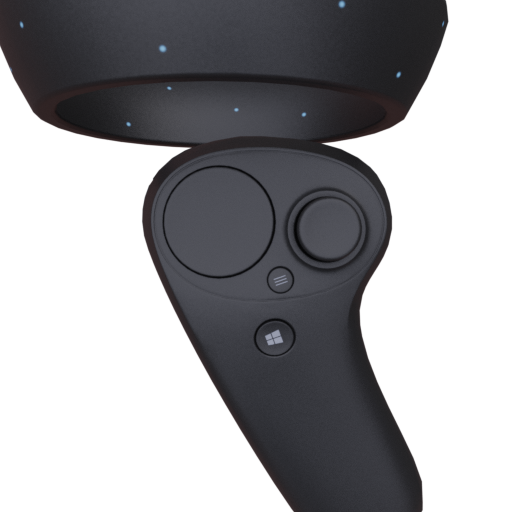
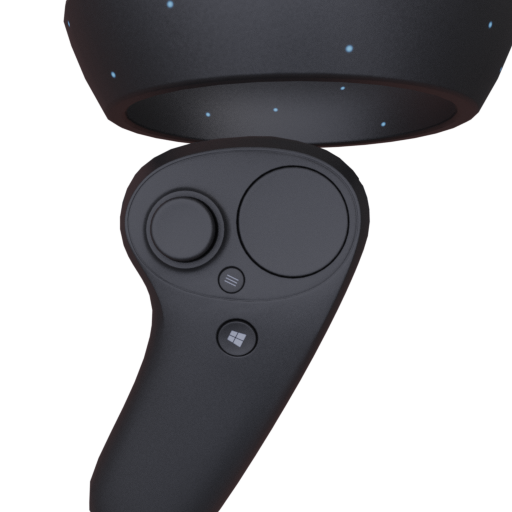
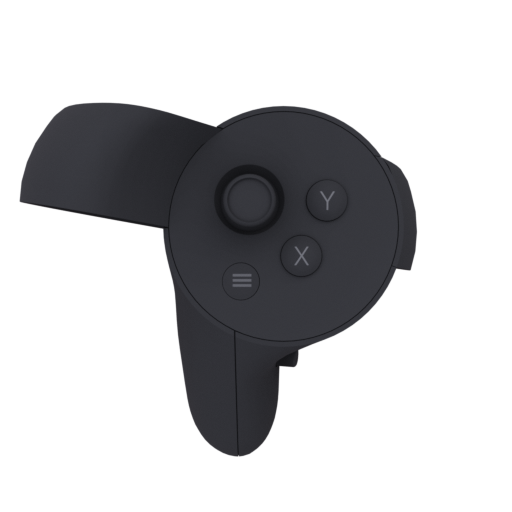
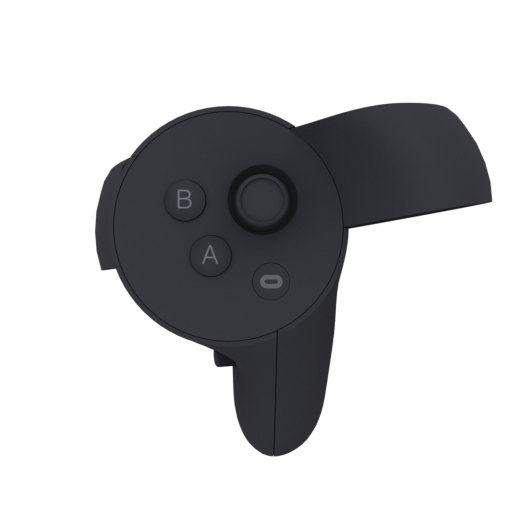
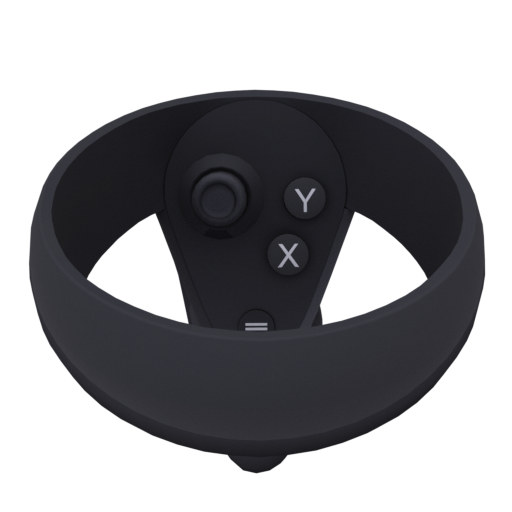
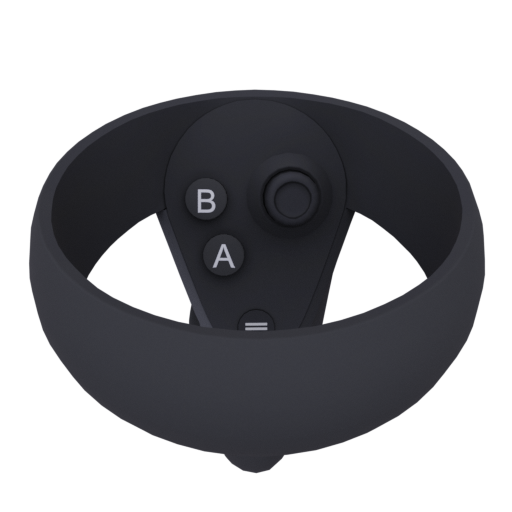
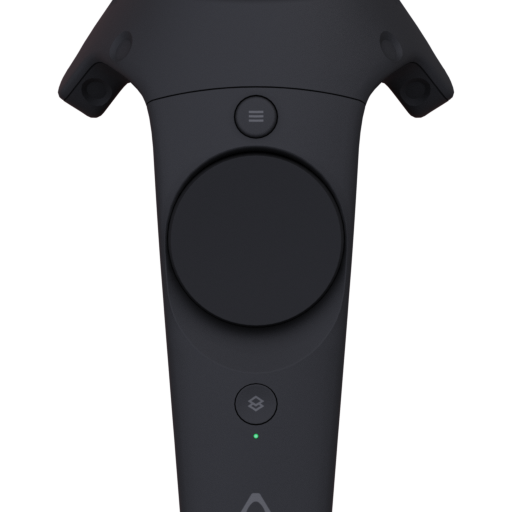 Face
Face
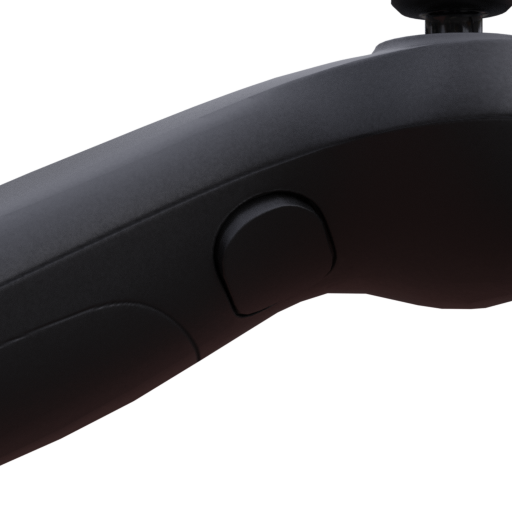
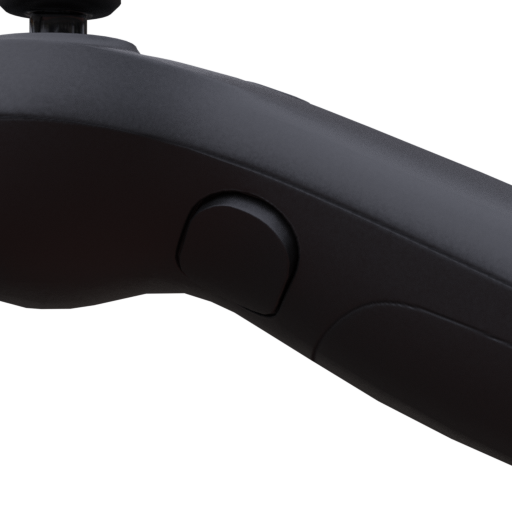
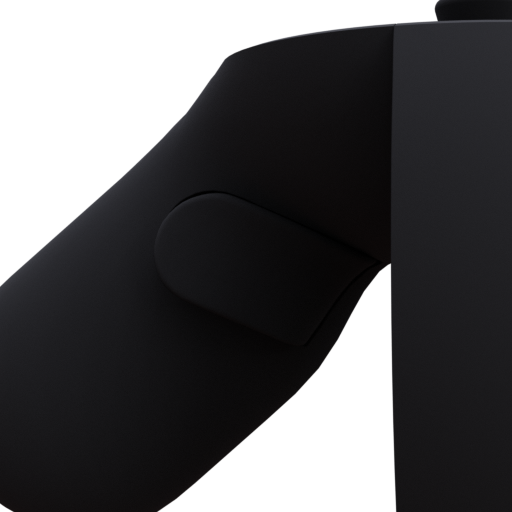
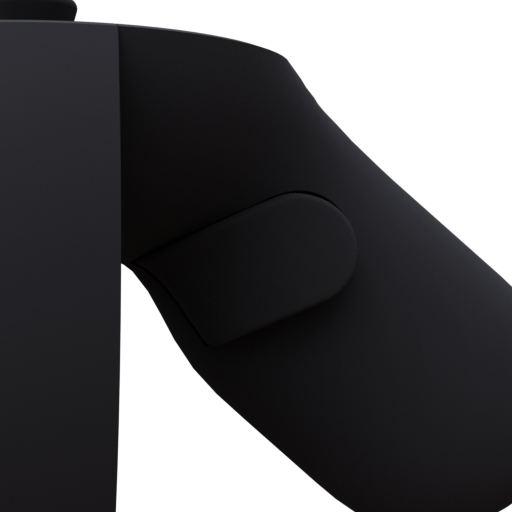
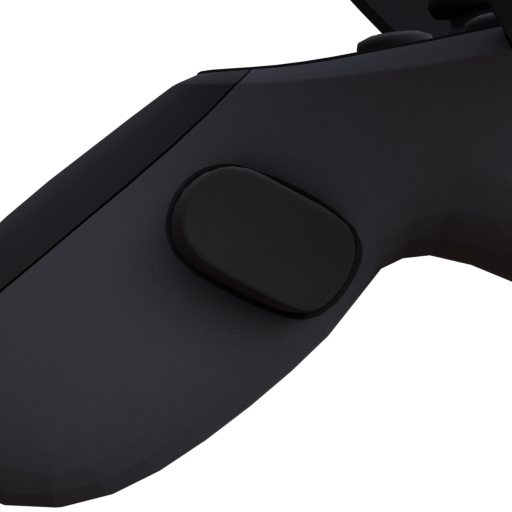
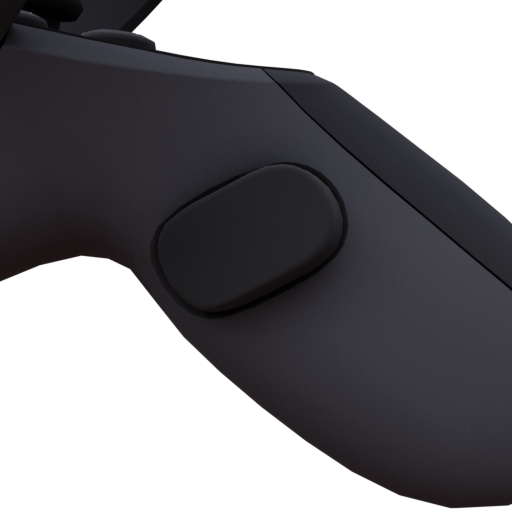
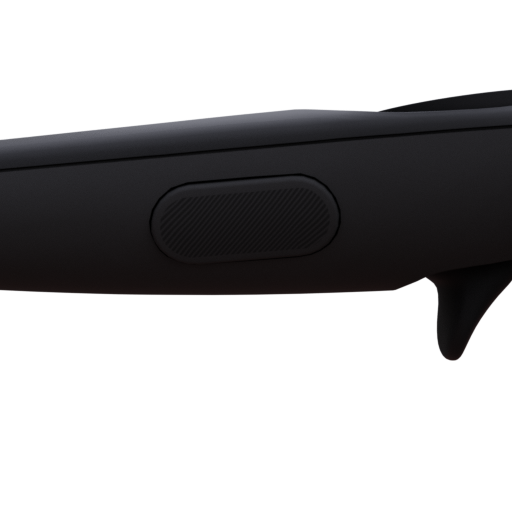
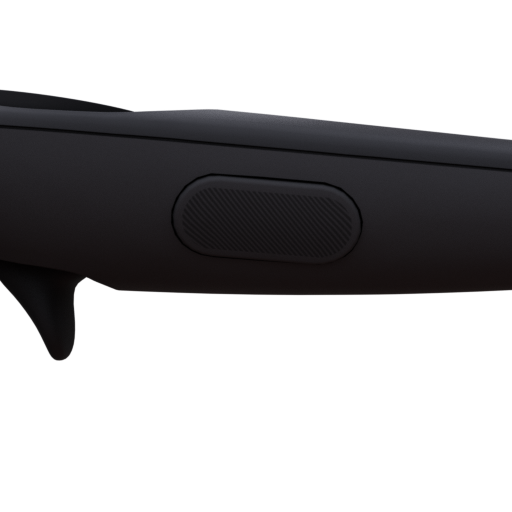 Grip
Grip
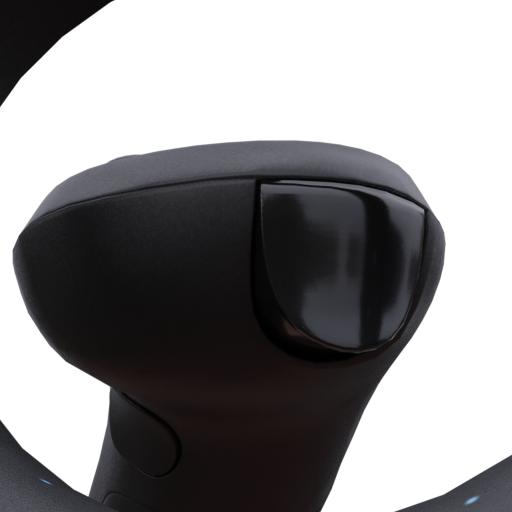
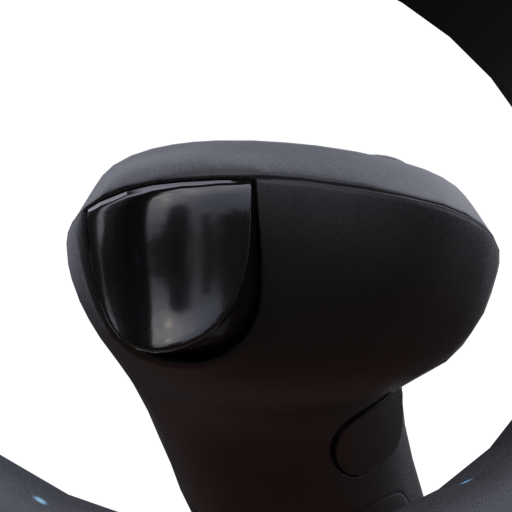
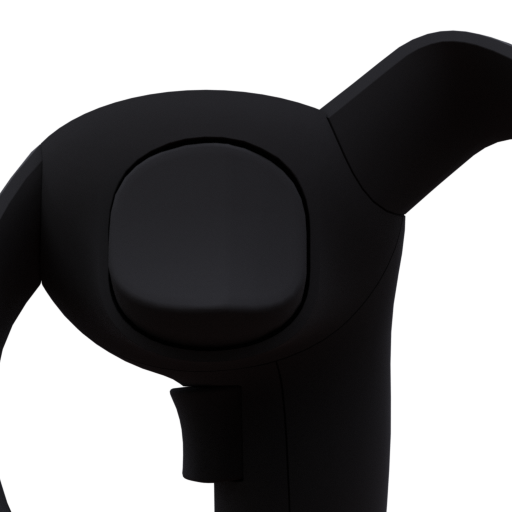
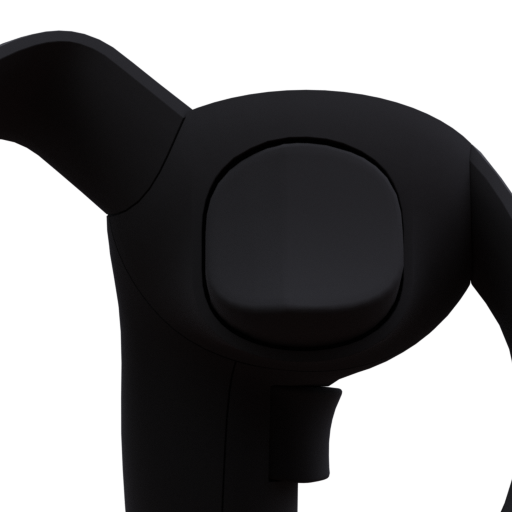
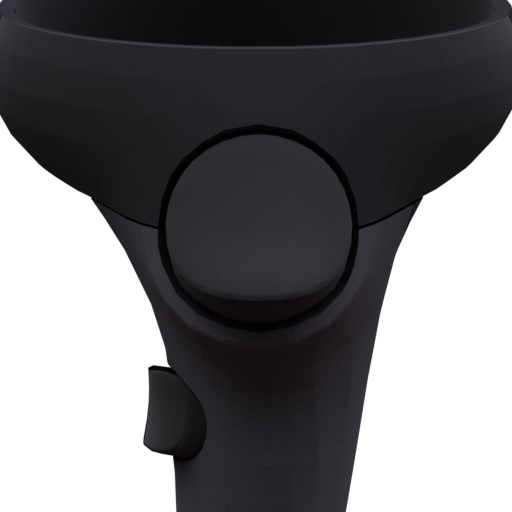
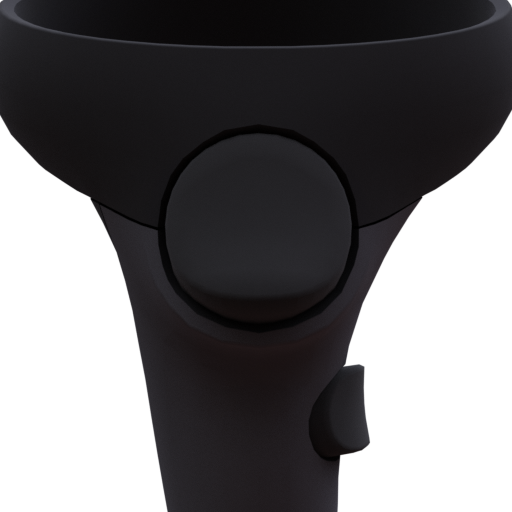
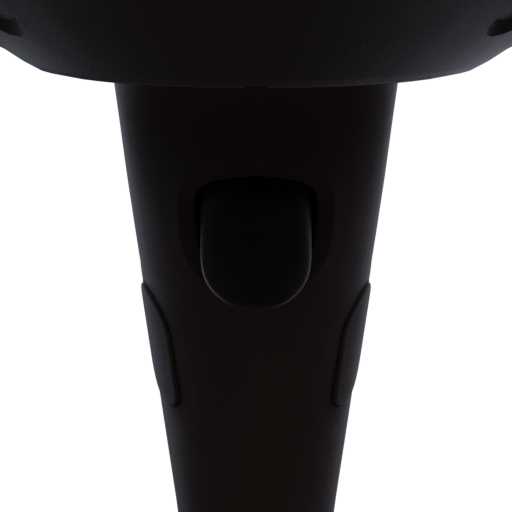 Trigger
Trigger
Before we discuss further, let's take a look at the 7 gestures VRChat supports for the Windows Mixed Reality controllerOculus Touch controllerVive WandValve Index controllers:
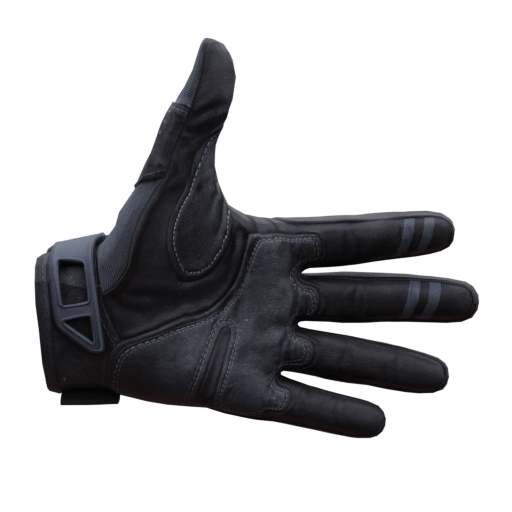
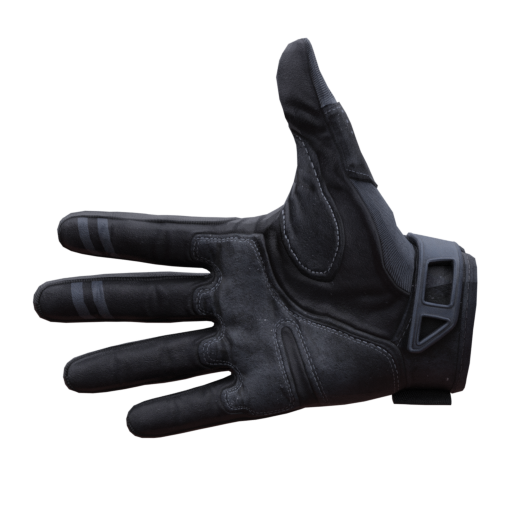 Open Hand
Open Hand
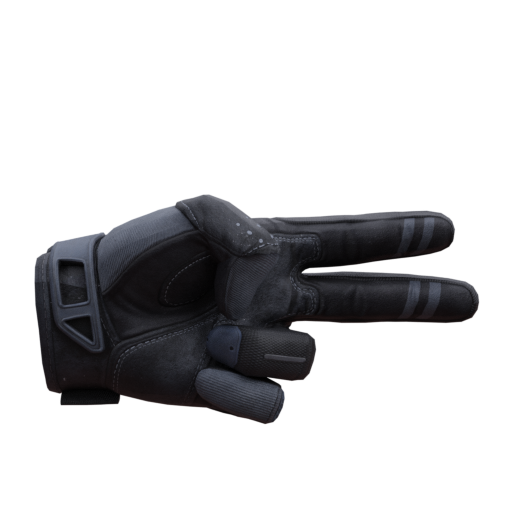
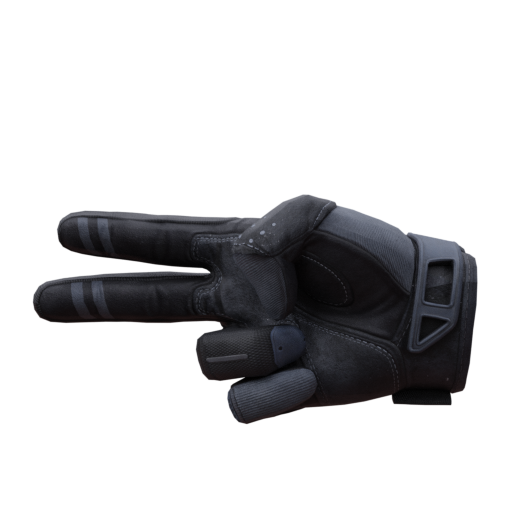 Victory
Victory
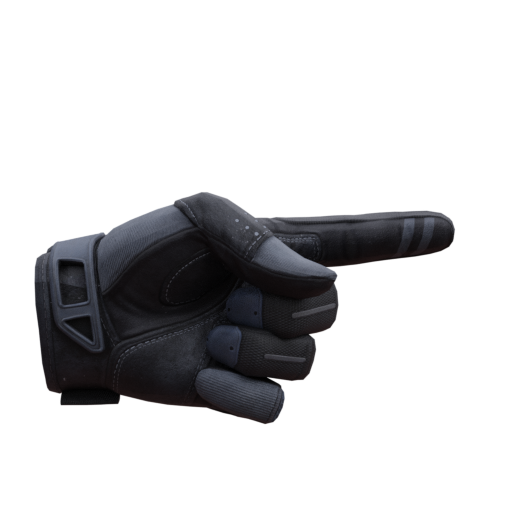
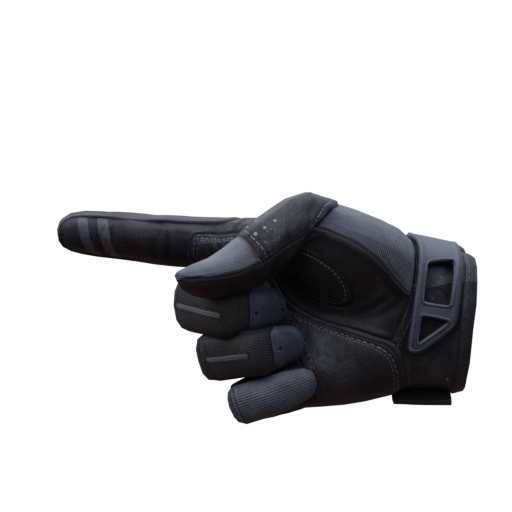 Point
Point
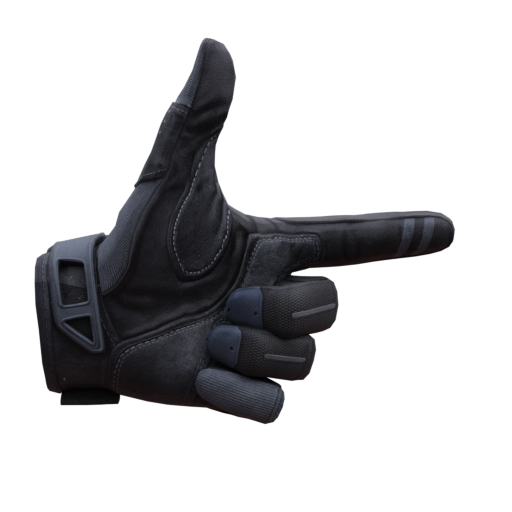
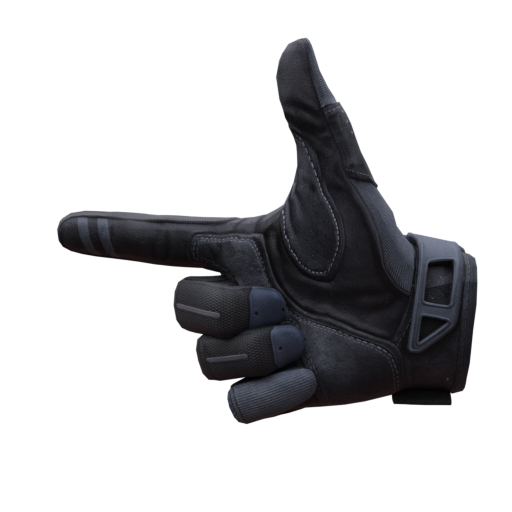 Finger Gun
Finger Gun
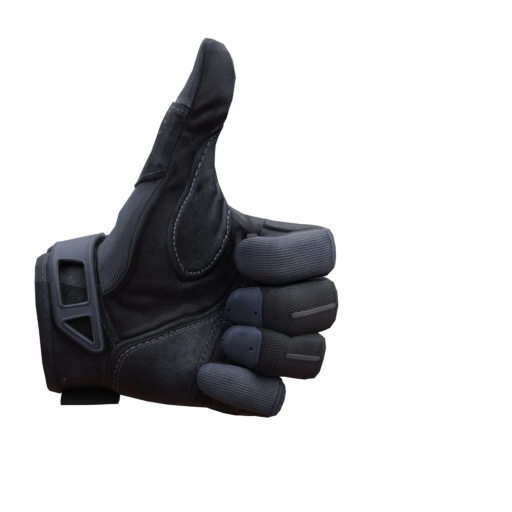
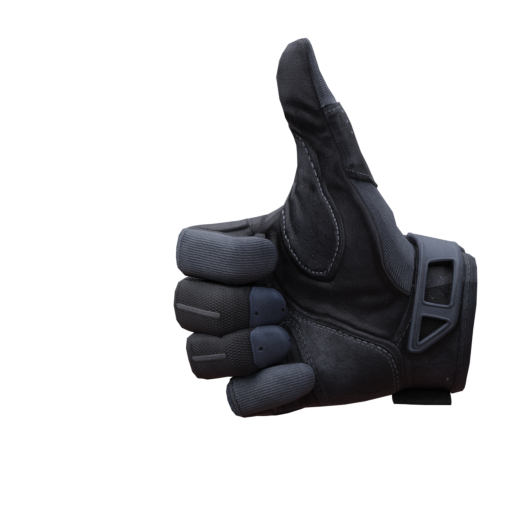 Thumbs Up
Thumbs Up
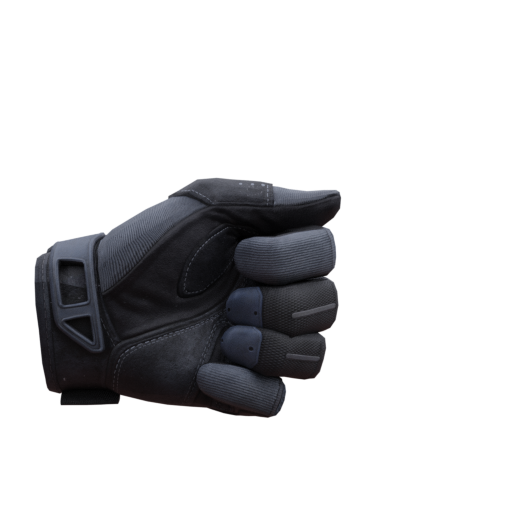
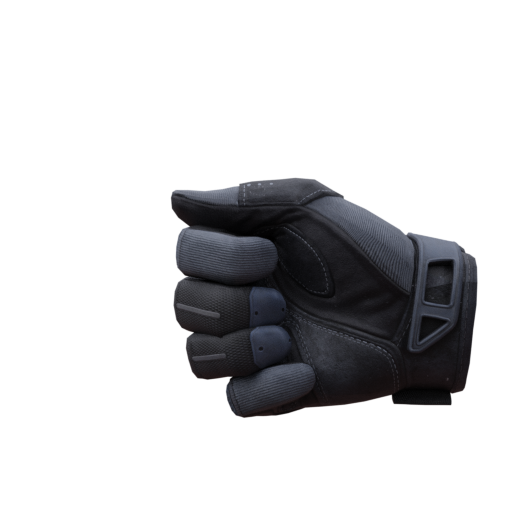 Fist
Fist
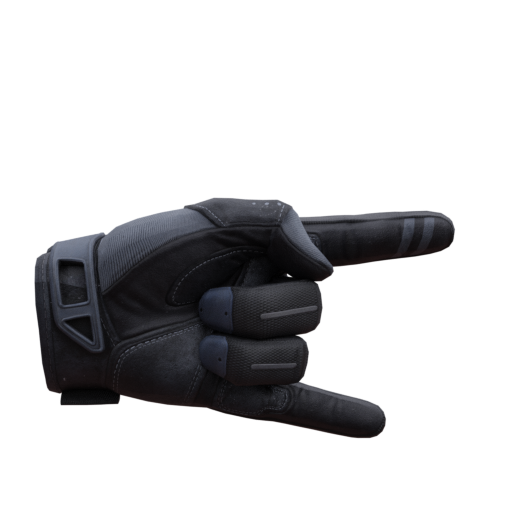
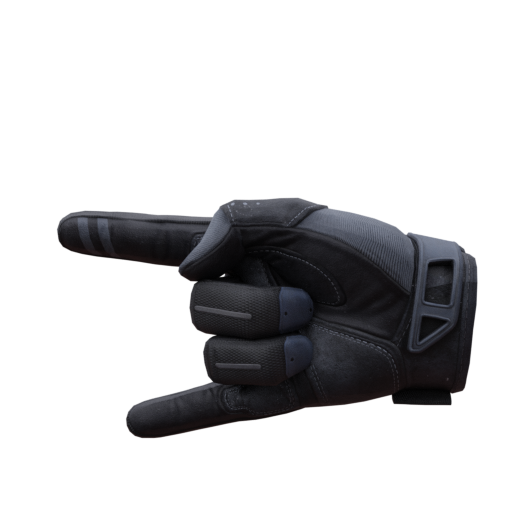 Rock 'n' Roll
Rock 'n' Roll
When not in Advanced Mode, 5 of these gestures are controlled using segments of the touchpad. The positions mirror between the controllers, so keep track of which hand you're using.
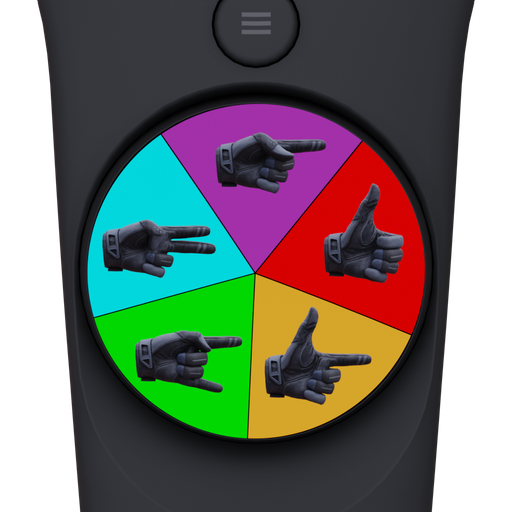
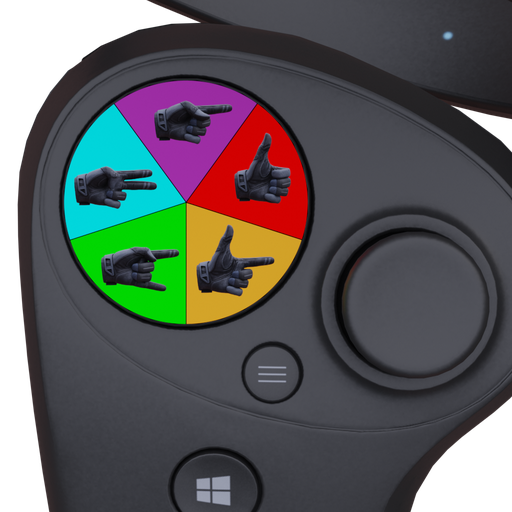 Left Hand
Left Hand
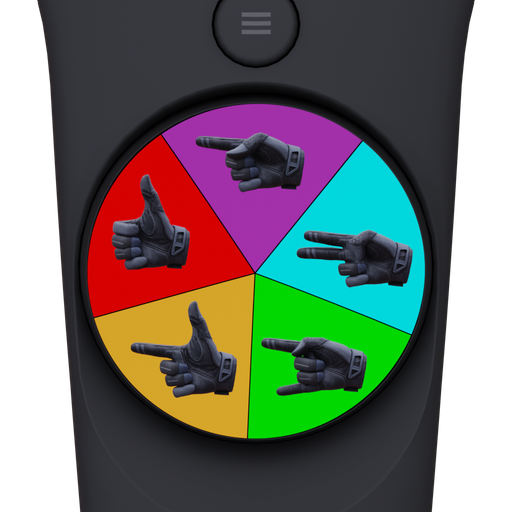
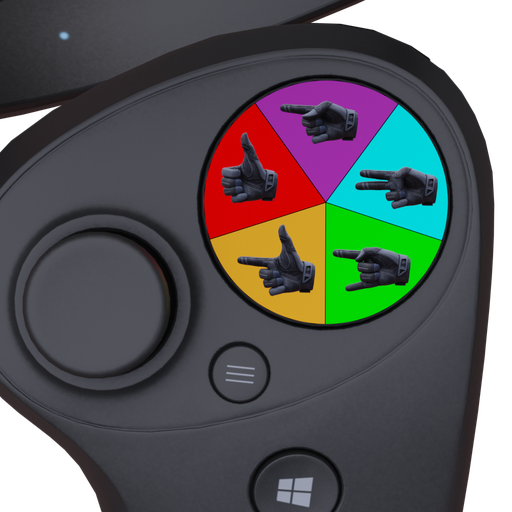 Right Hand
Right Hand
The remaining two gestures are controlled by the grip and the trigger.
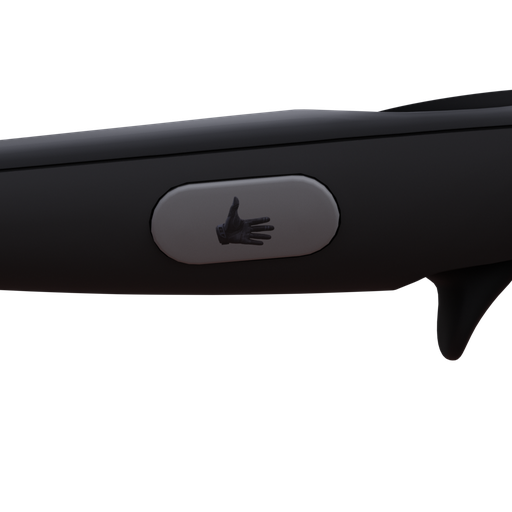
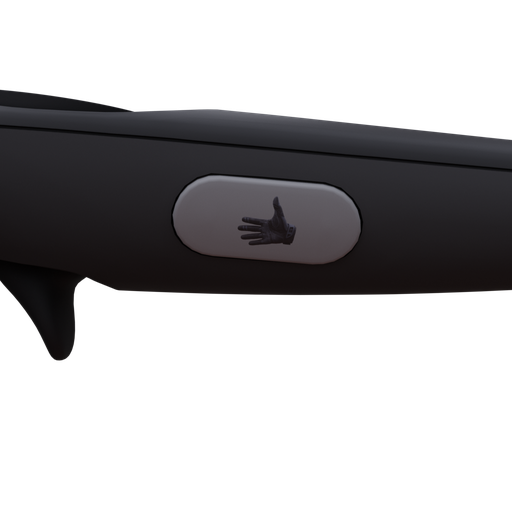
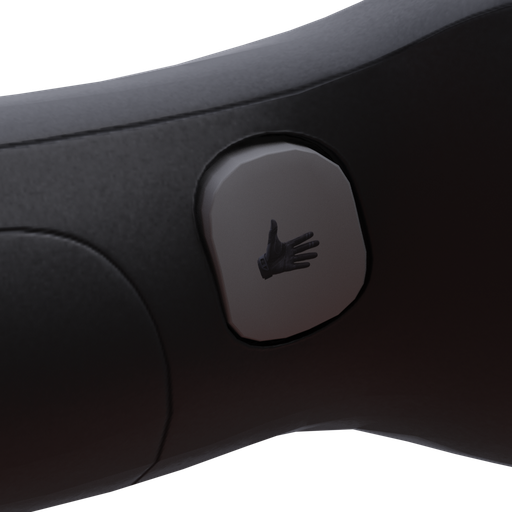
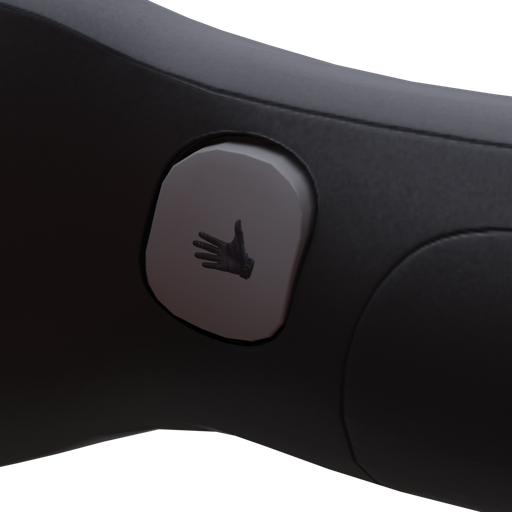 Grip for Open Hand
Grip for Open Hand
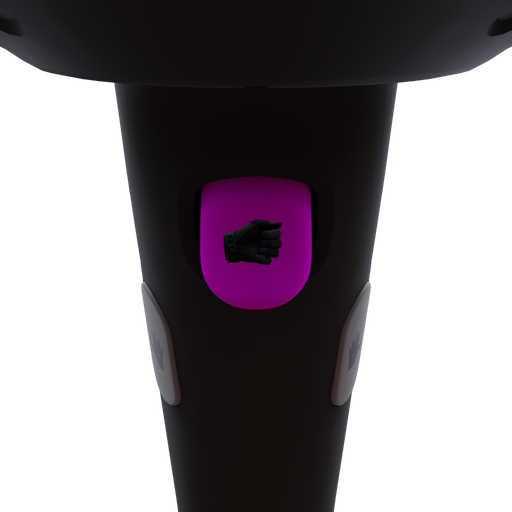
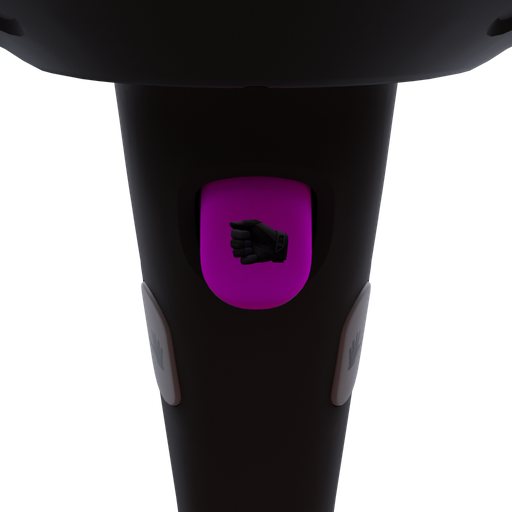
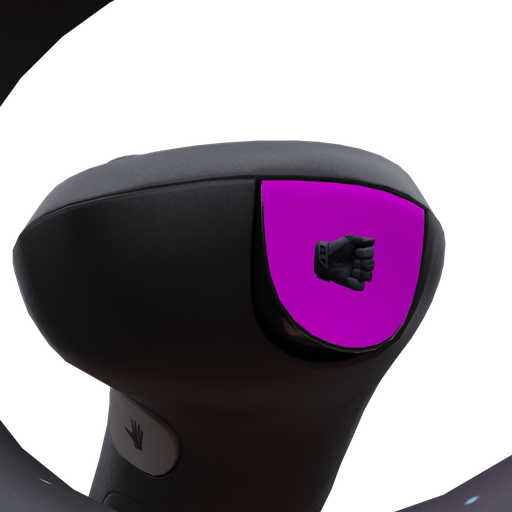
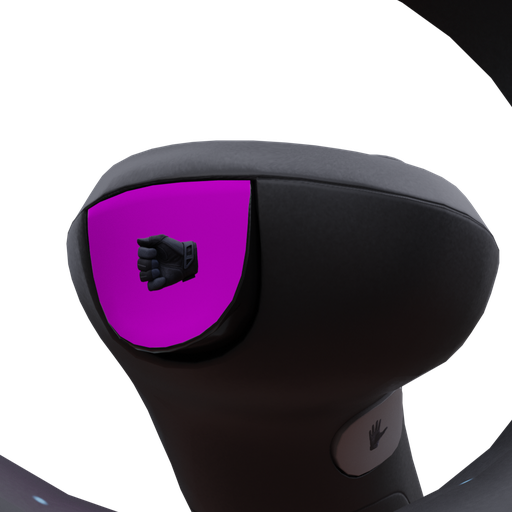 Trigger for Fist
Trigger for Fist
When Advanced Control is enabled, the trigger changes to maintaining the last held gesture, and the fist changes to being in the center of the touchpad.
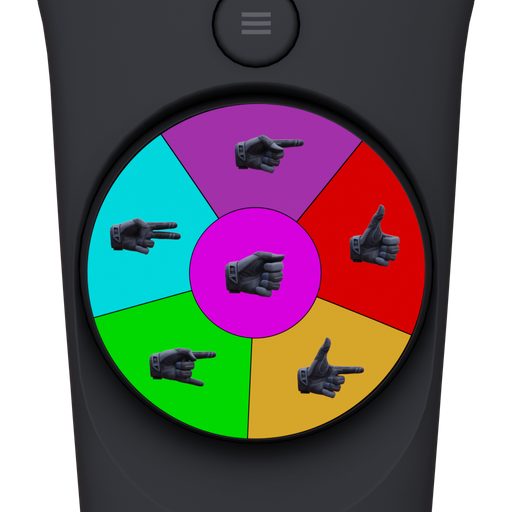 Left Hand (Advanced Control)
Left Hand (Advanced Control)
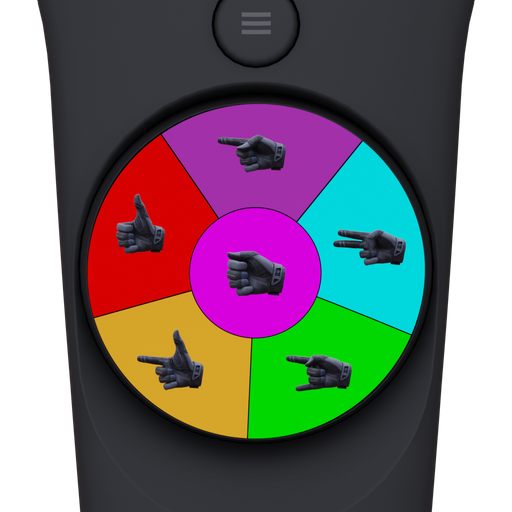 Right Hand (Advanced Control)
Right Hand (Advanced Control)
The gestures on the outer circle remain the same, so it shouldn't be too difficult to switch if you decide to toggle Advanced Mode, although it may take some time to get used to the indirect nature of gesturing on the Vive. The key is, as always, practice.
You'll be able to see gesture guides under some of the video resources to help you with trackpad finger positioning.
It might take some time to get used to the indirect nature of gesturing on a trackpad. The key is, as always, practice.
You'll be able to see gesture guides under some of the video resources to help you with trackpad finger positioning.
The gestures on these controls are semantically mapped, so the gesture you make is based closely on the shape you make with your hand on the controller.
For gestures that require touching the face, you can touch either the thumbstick or buttons: both of them will detect your touch.
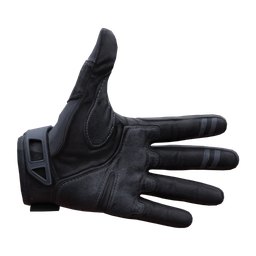
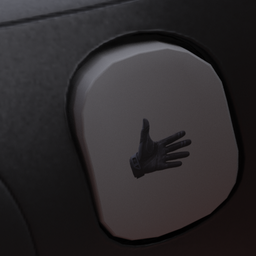
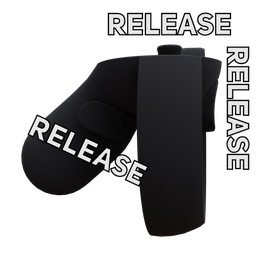
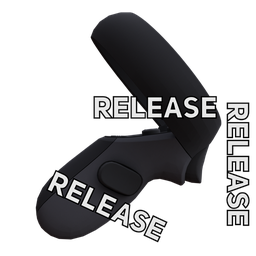
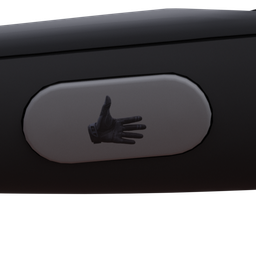
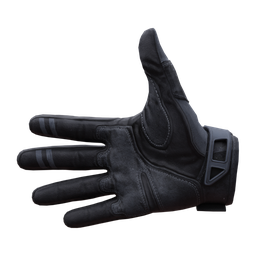
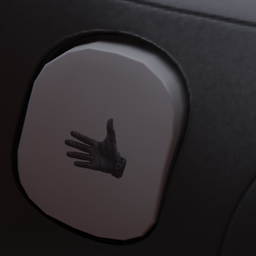
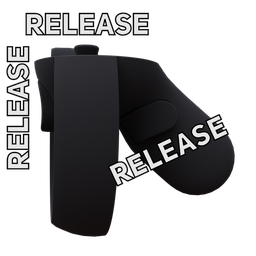
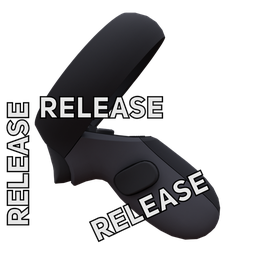
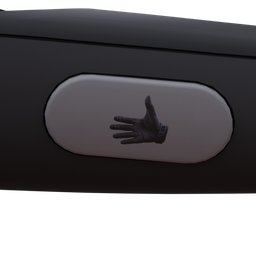




























































You'll be able to remember these gesture controls in short time. You'll be able to see gesture guides under some of the video resources to help you learn them.
There's one last "gesture" we need to cover. It's not the same as the gestures above, because it's technically not a gesture, it's just the pose your avatar returns to when it isn't making a gesture.
We'll call it the rest position. On Windows Mixed Reality controllerOculus Touch controllerVive WandValve Index controllers, you perform it by letting go of the grip and trigger, and releasing the touchpad. It looks like this:










This pose is somewhere between a fist and an open hand. All of the fingers are curled in slightly, so it lets us perform an extra pose that is useful for signing.
The Valve Index controllers were originally called the Knuckles during development, and for good reason - their design revolves around accurate finger tracking. As such, they are very good for sign language, since you have a far greater set of hand positions you can create with them.
VRChat has their own dedicated system in place for gesturing with the Index controllers, and it comes with its upsides and downsides.
The obvious upside of this system is as mentioned above - you have a greater range of movement on the hands. However, one downside is that when VRChat is in Index mode, it will override all custom gestures and animations on the hands, even if Gesture Mode is on (animations and effects elsewhere on the body will still work as normal).
This means that for gestures that are not possible despite the Index tracking - such as the R-hand, which requires crossing the fingers - you cannot perform them at all on the Index, even if you use a custom avatar that has one of its gestures overridden.
Don't worry, though - most avatars don't generally override gestures in this way, and the Index is capable of all the VRChat standard gestures, so you're not missing out on anything.
Oh, and before I forget, about Gesture Mode: you can toggle it on or off by clicking in the left thumbstick. As mentioned before, it won't change anything about your hands, but while signing you probably want it OFF so your conversation partner doesn't get distracted by all your fancy animations.
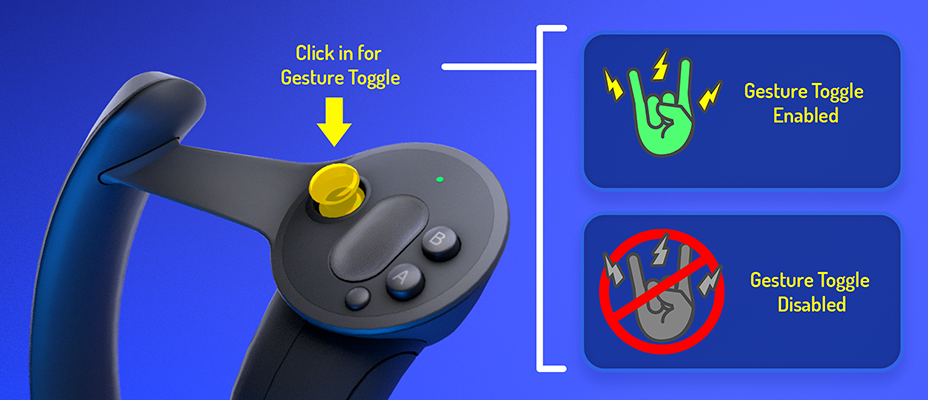
Oh, right, and about your dominant hand... (it was the leftright one, wasn't it?)
Signs that use one hand use your dominant hand. Signs that use both typically have different roles for the two hands:
- Your RIGHTLEFT hand is your DOMINANT or PRIMARY hand, and is responsible for the main part of the sign.
- Your LEFTRIGHT hand is your AUXILIARY, SECONDARY or SUPPORT hand, and handles any secondary sign roles. It is also often used to clarify what sign is being made, especially in VR.
Make sure you use the correct hand for each role when signing. Getting them the wrong way around isn't bad on its own (you'll just look like you're rightleft-handed), but don't switch hands in the middle of a conversation - it's very confusing!
Let's make it simple. From now on, when I show you two-hand signs, the SUPPORT hand will be in light grey:





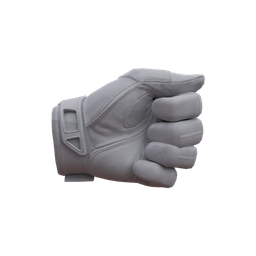




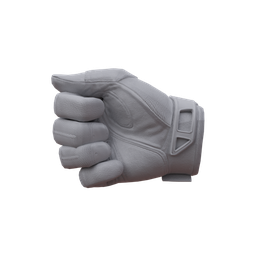





























Don't mistake this as meaning the support hand is less important! It can make a huge difference in what sign you're making!
I'll also make sure to keep the hands the correct way around in any diagrams I show you. If the support hand isn't needed in any signs, it won't be shown, so look at the diagram (or scroll up to check your dominant hand setting!)
With all that said, if you're ready to stretch your fingers, here are some worlds you can jump into to learn:
You can also check out the video resources below.
Green categories have video examples on all words. Red categories don't have videos yet - try asking someone to teach you in the Discord server.